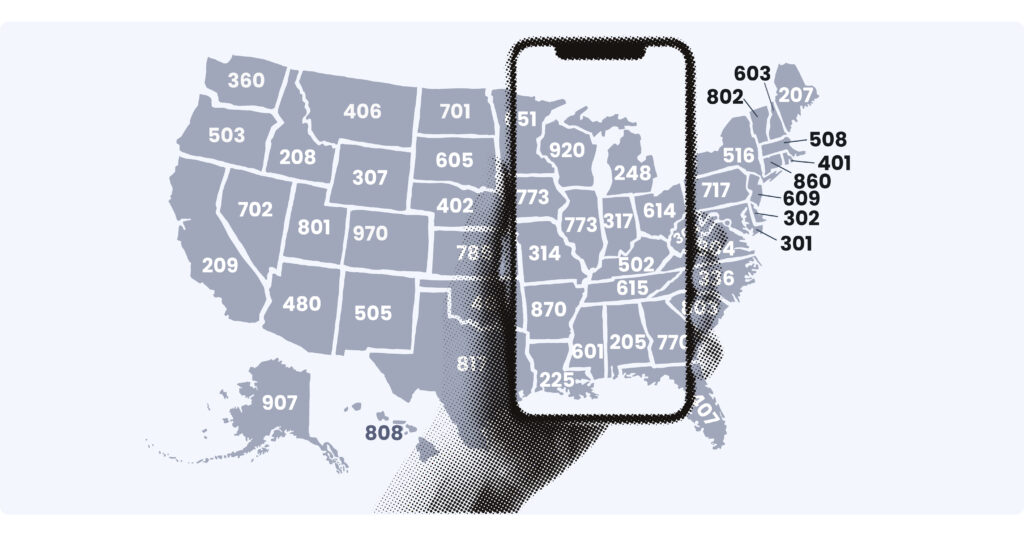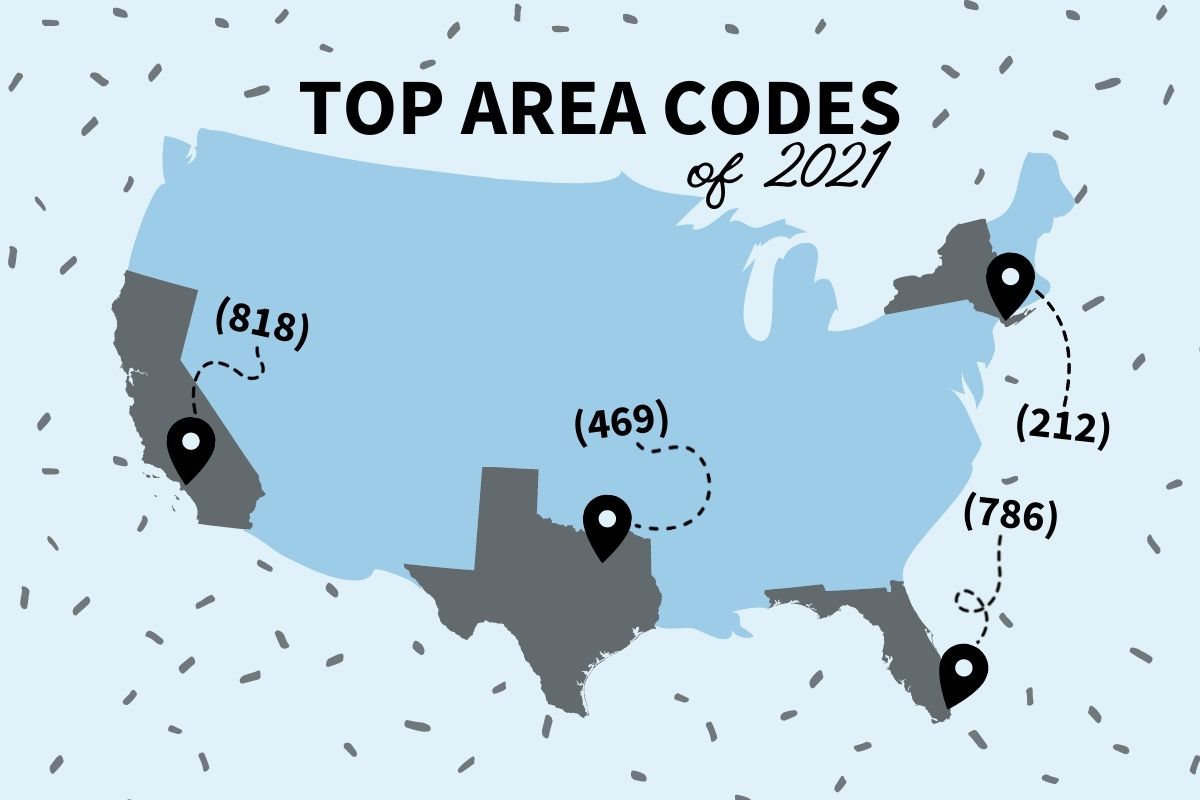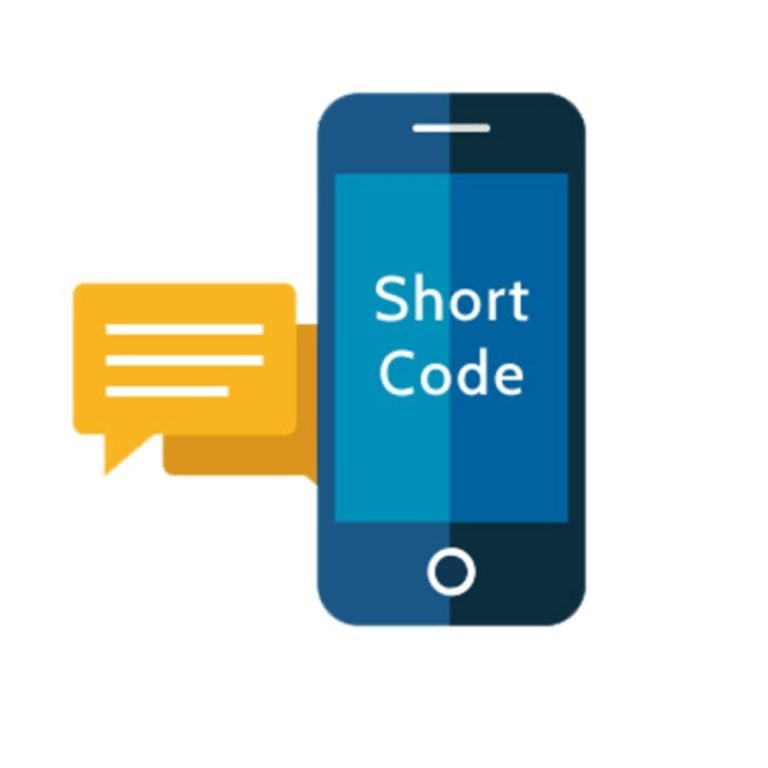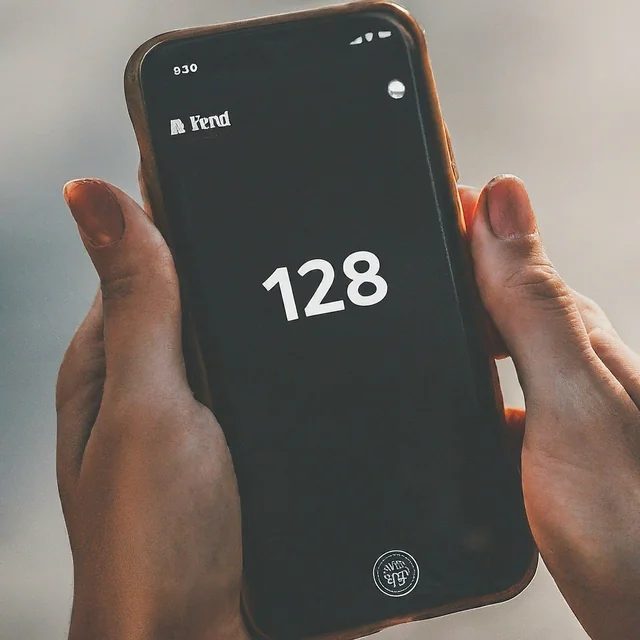In today’s interconnected world, area codes are the unsung heroes of communication, silently directing our calls and messages to the right destinations. But have you ever stopped to wonder, “What area code is this?” or “What area code am I in?” This article dives into the world of area codes, exploring their purpose, history, how to identify them, and the intriguing stories they tell about our geographic locations and telecommunications networks.
Contents
What is an Area Code?
An area code is a three-digit numerical prefix that precedes a phone number. It identifies the geographic region where a phone number is registered. Area codes were introduced to streamline telephone routing and make it easier to connect calls across vast distances.
When you make a call, the area code helps the telephone network determine the destination of the call and route it accordingly. This system allows for efficient call routing and ensures that calls reach the correct recipients, even across different states or countries.

A Brief History of Area Codes
The concept of area codes was introduced in the United States in 1947 as part of the North American Numbering Plan (NANP). Initially, there were 86 area codes covering the United States and Canada.
As populations grew and telephone usage increased, the number of area codes expanded. New area codes were created by splitting existing ones or adding overlays to accommodate the growing demand for phone numbers. Today, there are hundreds of area codes in North America, each representing a specific geographic region.
How to Determine an Area Code
There are several ways to determine an area code:
- Look at your own phone number: Your own phone number includes your area code.
- Check your phone bill: Your phone bill will typically list the area codes of the numbers you’ve called or received calls from.
- Use online resources: Numerous websites and apps provide area code lookup tools. You can enter a phone number or a city and state to find the corresponding area code.
- Use your phone’s directory: Many smartphones have built-in features to identify the area code of incoming calls or allow you to search for area codes based on location.
Why Area Codes Matter
Area codes are more than just numerical prefixes; they hold significance for various reasons:
- Geographic Identity: Area codes are often associated with specific cities, regions, or communities, creating a sense of geographic identity and belonging.
- Call Routing: Area codes play a crucial role in directing calls to the correct recipients, ensuring efficient communication.
- Spam Identification: Recognizing unfamiliar area codes can help you identify potential spam calls or telemarketing calls.
- Marketing and Targeting: Businesses can use area codes to target specific geographic regions for marketing campaigns or promotions.
- Historical Context: Area codes can provide insights into the history of telecommunications and the development of phone networks.
Interesting Facts About Area Codes
- The original area codes: The lowest area codes (201, 202, 203, etc.) were assigned to major cities and densely populated areas.
- Area code 800: This is a toll-free area code, meaning that calls to numbers with this area code are free for the caller.
- Area code 911: This is the emergency services area code in the United States and Canada.
- Vanity area codes: Some area codes are considered desirable or “vanity” area codes, often associated with affluent or prestigious areas.
- Area code overlays: Overlays, where multiple area codes serve the same geographic region, have become increasingly common to accommodate the demand for phone numbers.
Area Codes and the Future of Communication
As technology continues to evolve, the role of area codes might change. With the rise of internet-based communication and mobile devices, geographic boundaries are becoming less relevant in communication.
However, area codes are likely to remain an important part of the telecommunications landscape for the foreseeable future. They provide a familiar and reliable system for routing calls and identifying geographic locations.
Conclusion
“What area code?” This simple question opens up a world of information about our communication systems, geographic locations, and the history of telecommunications. Area codes are more than just numerical prefixes; they represent a vital part of our interconnected world, silently directing our calls and messages to the right destinations.
By understanding the purpose and significance of area codes, we can appreciate their role in facilitating communication and connecting people across vast distances. As technology continues to evolve, area codes will likely adapt and continue to serve as a key component of our communication infrastructure.
Sources and related content







